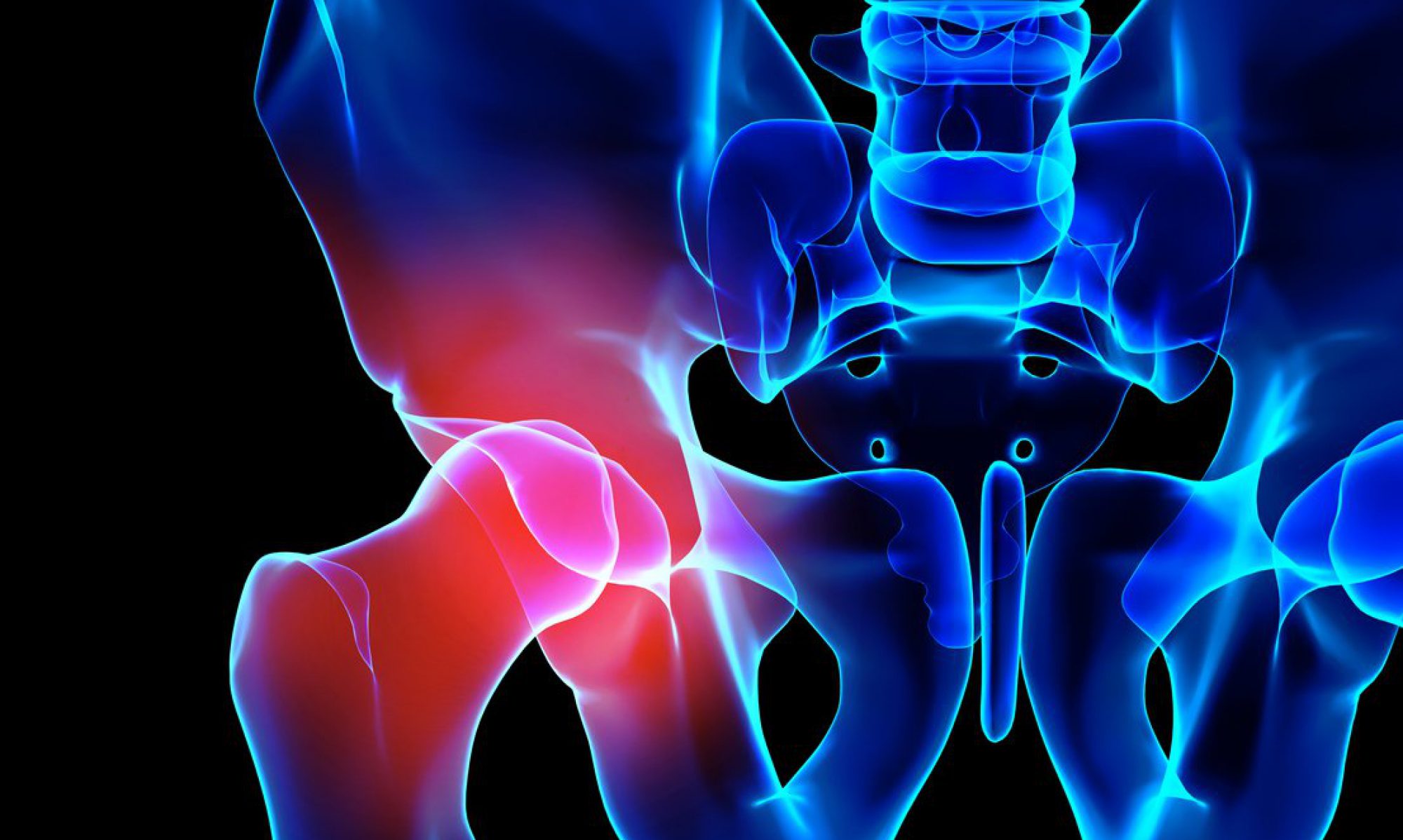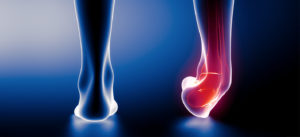I’m hoping by the end of this article you will agree with me and sit firmly in the camp of not to brace.
Now as that sentence is uttered from my mouth I can hear athletic trainers, coaches, and physicians around the world starting to disagree. But let’s talk about the foot and ankle complex.
You can tell a lot about the function, adaptability, and talent of a body part by looking at how many bones make up that body part. If you look at hands and feet, they by far have the most bones. The human foot is made up of 26. This is important because more bones = more joints = more specificity of function. The foot is the primary shock absorber of the human body. The foot sets off a chain reaction that turns on your hip and abdominal musculature in EVERY activity in life. Whether you are a four-year-old running on the playground, a 17-year-old driving the paint to score a layup, or a 60-year-old walking across the soccer field to watch your grandchild’s first game, that ability to absorb shock and adapt is crucial to function.
Lets look at shock absorbency. Just for fun go home and jump off the third step in a staircase and land with your foot and ankle as stiff as you can. How do your knees feel? How do your hips feel? How awesome does your low back feel? I can answer that – not awesome. It is the effortless glide and rotation of those 26 bones, as well as the flexibility and strength of surrounding muscles that help you dissipate the force of 200 pounds jumping down on 1 foot.
There are two mission-critical joints in your foot. The mid tarsal joint which makes up a line through the arch of your foot and your subtalar joint which is where your talus connects your foot to your leg. Both of these joints need to be able to glide and rotate opposite of one another during standing, squatting, reaching, jumping, running, etc. When they can’t move in two opposite directions at the same time, two things occur. First and foremost you have pain. That inability to rotate in opposite directions causes a stiffness and a lack of shock absorption. So, you can have foot pain and stress fractures, shinsplints, knee pain, IT band syndrome, low back pain. From a performance improvement perspective you can’t run fast, you can’t cut, your reaction time is terrible, and you have no ability to explode in any athletic motion. The rotation that occurs at your mid tarsal and subtalar joint allows for you to compensate on unlevel surfaces, change directions, and most importantly that rotation turns on your Glut (butt) muscle. Your butt is by far the most important muscle in athletic function. It’s responsible for power, balance, reaction time, and vertical leap. If your foot can’t move your butt can’t turn on. If your butt can’t turn on, your using other muscles to power your performance. This can lead to subpar performance and overuse syndromes in knees, shins, feet, and chronic low back pain.
So, what happens in an ankle sprain? The most common kind is an inversion sprain where you roll your ankle by changing directions or landing on someone else. What’s important here is what is happening at the subtalar joint. Your heel is attempting to stay in contact with the ground while your body is rolling dramatically off to the side. This can cause significant stress at the subtalar joint. In a best case scenario everything is over stretched or there is minimal ligament tearing which causes swelling. In the worst case scenario the talus is left in a poor position and stuck there, or the talus itself gets caught on a surrounding bone and cartilage is torn or it fractures. The common denominator in this situation is swelling. Your body swells where there is the most room i.e. the subtalar joint. So, as we discussed earlier this joint is mission-critical to turning on your Glut musculature for balance, power, squatting, walking, etc. but swelling in this joint will limit if not completely shut down motion. So now what happens?
Your brain’s job in life is to avoid pain and to expend as little energy as possible with every activity. So after an ankle sprain our foot becomes very rigid as we step on it. You see little to no rotation through the mid tarsal or subtalar joint and the hip and knee stop moving as well. And, we get increased rigidity through the lumbar spine as your body tries to guard and not let a great deal of motion happen at that ankle. The idea of this self limiting of motion is to decrease pain and stress to inflamed and injured tissues. The ultimate problem with this self splinting is that your brain does not reboot once the injury has resolved. So, it will continue to maintain stiffness through that entire lower extremity as a method of protection even as the athlete returns to activity. And, even more importantly you are left with an ankle that has no protection. Because, that lack of mobility in the foot, ankle, and leg limits or completely eliminates your body’s ability to turn on your butt. So when the athlete goes back to sport they are said to have “weak ankles,” but, in fact, it’s not the ankle’s fault it’s really that your body can’t access its prime stabilizer and center of balance which is your butt muscle or glut.
So here is where our argument for tape and bracing comes in. We need to get the swelling under control and we need to offer some artificial support to help the brain perceives more stability and allow more motion. I agree wholeheartedly. Ultimately, your body heals through proper motion of a joint. However, the problem becomes when a kid sprains their ankle in August and they are still braced in January because they have “weak ankles.” This is where we have failed our athlete. We need to promote proper return to motion, and prolonged taping or bracing actually limits the return of motion and normal function.
In the old days we stuck our foot in a tub of ice water and then the trainer taped the tar out of it and you went on to play. However I can speak from personal experience that this does not bode well for your future. I’m 42, I played sports in high school and college and the way we trained and managed injuries back then is a far cry from what we do now. I remember spraining my ankle severely in a tournament – that we just had to win – when I was 16. We taped it to the point that it was basically a cast and I was jumping off of 1 foot. Because, after all losing a volleyball tournament when you are 16 is the end of the world – grin. A few years ago during a public speaking event I fractured my ankle doing a lunge and I turned to talk to someone. Upon x-ray the physician noted that I had fractured that ankle before -no I hadn’t -not to my knowledge. So, rewind in time, we had basically taped up a fracture and I played on it. Now, today, do I have issues with my foot or ankle? No. However, I tore my ACL in high school, my meniscus as an adult, I have a right labral tear in my hip, and went through my college volleyball career with significant low back pain. It’s fairly evident I missed my ability to absorb shock. Did I do well in college-yes, I was an All-American. So, having dysfunction in your ankle does not mean that you are not a good athlete. However, think of the athlete I could’ve been and think of how much better I could have felt playing.
We need that glide at your talus, we need that rotation at your midtarsal joint. When you tape or brace an ankle you take away the body’s ability to do that. For the short term, it’s a good option because it lets that soft tissue rest and heal. For the long term, you create shortened tissue with stiffer response and no adaptability. You are literally limiting someone’s athletic potential by chronically taping or bracing them. Your body searches for the path of least resistance. If I can’t move through my foot and ankle instead your brain chooses to sheer more through your knee or low back. Or, it attempts to create motion at the top of the brace. Six years ago I treated a basketball player who had worn a brace for two years. She was coming to see me as the pain on the outside of her leg had become worse, as she was playing in more tournaments hoping to be seen by college coaches. I referred her for imaging as her pain was more intense than just soft tissue. She had developed a stress fracture through her lower leg at the point where the ankle brace stopped.
An ankle brace is meant to give your body and early reminder of not going through too much motion. Your brain senses resistance and so it stops motion earlier in function – or at least that is the goal. This does not mean that bracing is going to prevent an ankle sprain. My most gruesome example is a tremendously talented athlete that I treated who was playing softball and rounding second. She stepped in a hole. She did not sprain her ankle – she dislocated it. Surgeons picked gravel out of her subtalar joint. She was wearing an ankle brace at the time. No brace is full proof, no brace is going to fully protect you from injury. What can protect you is flexibility, strengthening, and specifically preparing for positions your body may go into during your athletic activity or daily life.
Remember the hip and the foot are best friends. We need motion from the midtarsal and subtalar joint to turn on the butt. The BUTT!! This is a group of huge, efficient, wonderful muscles that LOVE rotation. What better muscle to help protect the foot and ankle?!?

